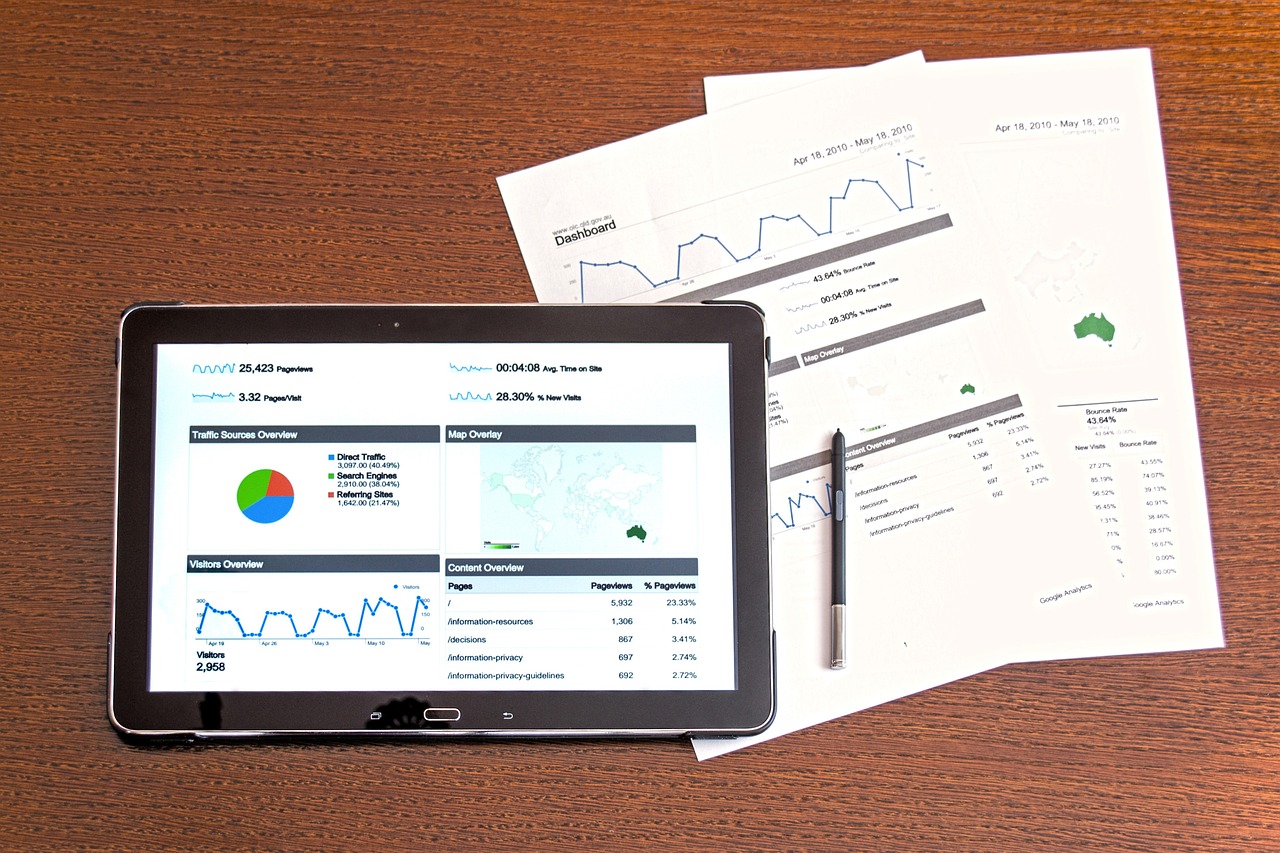Imagine knowing exactly what your customers want before they even know it themselves. That’s the power of AI predictive marketing. By leveraging the vast amounts of data available today, businesses can use artificial intelligence to anticipate customer behavior, personalize marketing campaigns, and ultimately, drive revenue. This isn’t just about guessing; it’s about using sophisticated algorithms to uncover patterns and trends that would be impossible for humans to detect. Let’s dive into the world of AI predictive marketing and see how it’s revolutionizing the way businesses interact with their customers.
Understanding AI Predictive Marketing
What is AI Predictive Marketing?
AI predictive marketing uses artificial intelligence and machine learning to analyze historical and real-time data to predict future customer behavior. This includes anticipating:
- Which customers are likely to churn
- What products or services a customer might be interested in
- The optimal time and channel to reach a customer with a specific message
- The likely outcome of a marketing campaign before it even launches
Essentially, it moves marketing from a reactive approach to a proactive one, enabling businesses to make smarter decisions and optimize their strategies for maximum impact.
The Key Components of AI Predictive Marketing
Several key components enable AI predictive marketing:
- Data Collection: Gathering data from various sources, including CRM systems, website analytics, social media, and transactional databases.
- Data Processing: Cleaning, transforming, and preparing the data for analysis. This often involves handling missing values, outliers, and inconsistencies.
- Machine Learning Algorithms: Applying various algorithms, such as regression, classification, and clustering, to identify patterns and predict future behavior. Examples include:
Regression: Predicting a continuous value, such as customer lifetime value.
Classification: Categorizing customers into different segments based on their likelihood to purchase a specific product.
Clustering: Grouping customers with similar behaviors or characteristics.
- Predictive Models: Building and deploying models that can generate predictions based on the analyzed data.
- Actionable Insights: Translating the predictions into actionable marketing strategies and campaigns.
- Monitoring & Optimization: Continuously monitoring the performance of the predictive models and making adjustments as needed to improve accuracy and effectiveness.
Benefits of AI Predictive Marketing
Enhanced Personalization
AI allows for hyper-personalization by analyzing individual customer data. This means tailoring marketing messages, offers, and content to match their specific needs and preferences. For example:
- A customer who frequently buys running shoes online might receive targeted ads for new shoe models or related accessories.
- A customer who abandons a shopping cart might receive a personalized email with a discount code to encourage them to complete the purchase.
- Personalized website experiences based on browsing history.
Improved Customer Retention
By predicting which customers are at risk of churning, businesses can proactively engage them with targeted retention strategies. This might involve:
- Offering exclusive discounts or promotions to at-risk customers.
- Providing personalized support or assistance to address their concerns.
- Sending personalized communication tailored to their past interactions.
- Analyzing customer feedback to identify potential pain points and address them before customers leave.
Increased Conversion Rates
AI can optimize marketing campaigns by predicting which customers are most likely to convert and tailoring the messaging and offers accordingly. This can lead to:
- Higher click-through rates (CTR) on email campaigns and online ads.
- Increased conversion rates on landing pages and e-commerce websites.
- Improved ROI on marketing spend.
Optimized Marketing Spend
Predictive analytics helps allocate marketing resources more effectively by identifying the most promising channels and campaigns. This results in:
- Reduced waste on ineffective marketing efforts.
- Increased efficiency in acquiring new customers.
- Maximizing the return on investment (ROI) of marketing campaigns.
Implementing AI Predictive Marketing: A Step-by-Step Guide
1. Define Your Objectives
- Clearly outline your marketing goals. What are you trying to achieve with AI predictive marketing? Examples include:
Reducing customer churn
Increasing customer lifetime value
Improving lead generation
Boosting sales conversions
2. Collect and Prepare Your Data
- Gather data from all relevant sources.
CRM systems
Website analytics
Email marketing platforms
Social media
Transactional databases
- Clean and preprocess your data.
Handle missing values and outliers.
Transform data into a suitable format for machine learning algorithms.
Ensure data quality and consistency.
3. Select the Right AI Tools and Techniques
- Choose appropriate machine learning algorithms. Consider your objectives and the type of data you have available. Common algorithms include:
Regression analysis
Classification algorithms (e.g., logistic regression, support vector machines)
Clustering algorithms (e.g., k-means clustering)
Recommendation systems
- Utilize AI-powered marketing platforms. Many platforms offer built-in predictive analytics capabilities, such as:
Salesforce Einstein
Adobe Sensei
IBM Watson Marketing
4. Build and Train Your Predictive Models
- Develop predictive models based on historical data.
- Train the models using machine learning algorithms.
- Evaluate the performance of the models using appropriate metrics.
Accuracy
Precision
Recall
F1-score
5. Deploy and Monitor Your Models
- Integrate the models into your marketing workflows.
- Monitor the performance of the models in real-time.
- Continuously refine the models as new data becomes available.
- Regularly assess the ROI of your AI predictive marketing efforts.
Practical Examples of AI Predictive Marketing in Action
E-commerce Personalization
An online retailer uses AI to analyze customer browsing history, purchase patterns, and demographic data to personalize product recommendations. Customers see products they are more likely to buy, leading to increased sales and customer satisfaction. Amazon’s recommendation engine is a prime example.
Lead Scoring
A B2B company uses AI to score leads based on their likelihood to convert into customers. This allows the sales team to prioritize their efforts on the most promising leads, resulting in higher conversion rates and reduced sales cycle times. The AI analyzes factors like job title, company size, and engagement with marketing content.
Churn Prediction
A subscription-based service uses AI to predict which customers are likely to cancel their subscriptions. The company then proactively reaches out to these customers with personalized offers or support, reducing churn and improving customer retention. Netflix uses similar techniques to retain subscribers.
Email Marketing Optimization
A marketing team uses AI to optimize email marketing campaigns by predicting the best time to send emails to individual customers. This results in higher open rates and click-through rates, improving the overall effectiveness of email marketing efforts.
Ethical Considerations in AI Predictive Marketing
Data Privacy
- Ensure compliance with data privacy regulations like GDPR and CCPA.
- Obtain explicit consent from customers before collecting and using their data.
- Be transparent about how data is being used for predictive marketing purposes.
Bias and Fairness
- Be aware of potential biases in the data and algorithms.
- Take steps to mitigate bias to ensure fair and equitable outcomes for all customers.
- Regularly audit your AI models to identify and address any potential biases.
Transparency and Explainability
- Strive for transparency in how AI models are making predictions.
- Provide explanations to customers about why they are receiving certain offers or recommendations.
- Build trust with customers by being open and honest about your AI practices.
Conclusion
AI predictive marketing is transforming the way businesses understand and interact with their customers. By leveraging the power of artificial intelligence, companies can gain valuable insights into customer behavior, personalize marketing campaigns, and drive significant improvements in customer retention, conversion rates, and ROI. However, it’s crucial to implement AI predictive marketing ethically and responsibly, prioritizing data privacy, fairness, and transparency. As AI technology continues to evolve, its role in marketing will only become more significant, making it essential for businesses to embrace this powerful tool and harness its potential for growth and success.




